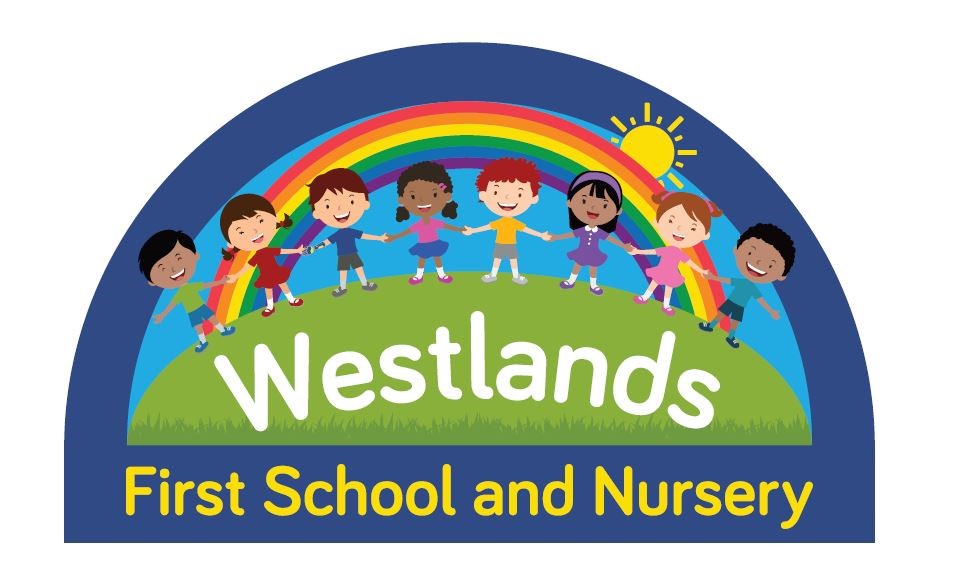- Home
- Key Information
- Special Educational Needs & Disability (SEND)
- What is SEND?
- Graduated Response
- Speech, Language and Communication
Speech, Language and Communication
For example, a child or young person may:
- have speech, language and communication difficulties which make it difficult for them to make sense of language
- have speech, language and communication difficulties which make it difficult for them to understand how to communicate effectively and appropriately with others
Children and young people with speech, language and communication needs (SLCN) have difficulty in communicating with others. This may be because they have difficulty saying what they want to, understanding what is being said to them or they do not understand or use social rules of communication. We offer a range of interventions at a universal level to specialised provision, these include:
Quality First Teaching and Targeted intervention
- Differentiated curriculum planning, activities, delivery & outcomes e.g., simplified language, key words on working wall and on spelling lists
- Structured school & class routines
- Use of visuals/ICT to make learning more visual
- Talking partners
- Talking tins- T voice recorded
- ‘No hands up’ approach to answering questions- GO/STOP sign (see SENCO)
- 10 seconds for a reply
- Modelling language- clearly and slowly
- Sign along
SEN Support Assess Plan Do Review Cycle 1
- In-class additional Visual timetables
- In-class additional Visual cues
- Early years Speech and language programme for Reception (Language Link)
- In-class additional Language skills interventions or smaller groups outside for pupils
- Special Boxes talk time
SEN Support Assess Plan Do Review Cycle 2
- Personalised SALT targets- 1:1 short and frequent interventions
- ‘Language for Thinking’ programmes
- Black Sheep Narrative Programme- small group intervention
- Mr Tongue story- daily higher needs
- Language Link resources- alongside SALT report
- Time to talk
- Listening group
